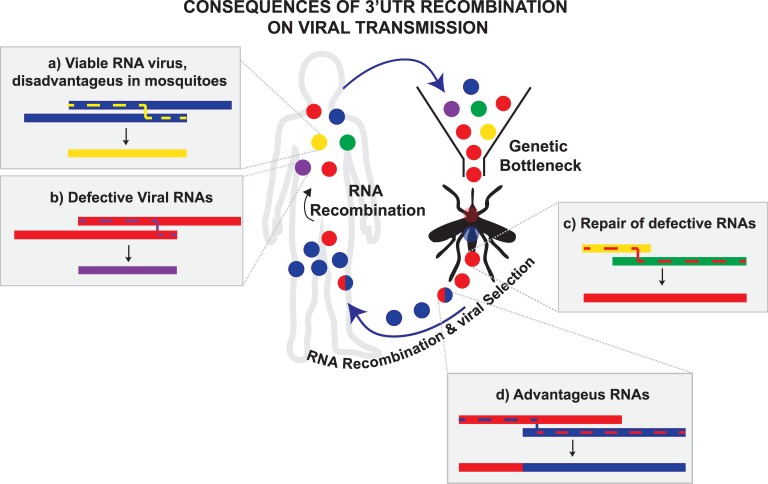Fig 8. Role of RNA recombination and natural selection on the transmission cycle of CHIKV.
Schematic representation of CHIKV populations during transmission. Blue and red circles represent wild type viruses with 3’UTRs of different lengths. Yellow and green circles represent deletion variants that disfavor viral replication in mosquitoes. Purple circles represent deletion variants that result in the formation of defective interfering particles. Red/blue circles are chimeric products from recombination between homologous strands (i.e. corresponding to different lineages). Recombination events that generate viral variants are schematized inside the grey boxes. The predicted routes of viral polymerase are indicated with dashed lines. In mammalian cells, deletion variants are generated by RNA recombination and positively selected due to redundancy of DRs. Within mosquitoes, the variants with higher fitness, which are less represented in the population, might not pass through genetic bottlenecks. Under this scenario, RNA recombination might act as an efficient mechanism to generate more competent viral variants that are positively selected rescuing viral replication.

